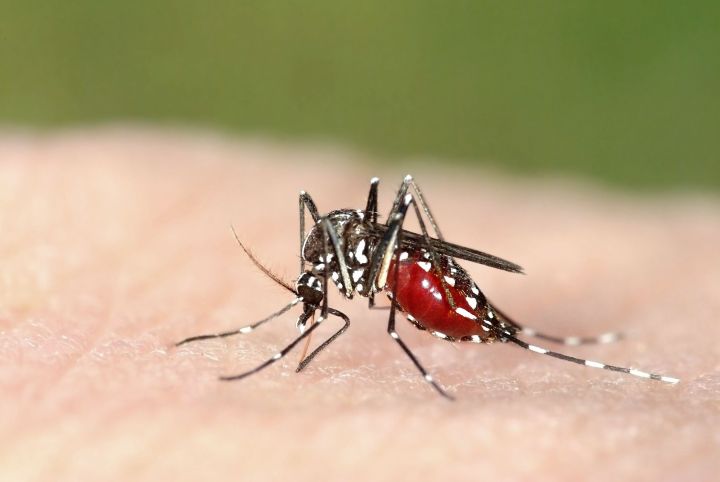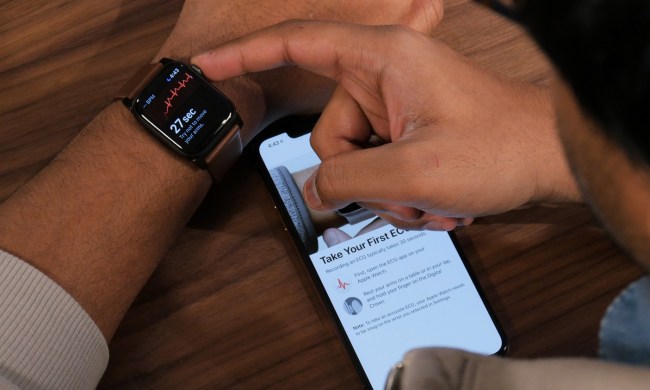
Detecting malaria is pretty straightforward in western medicine. “Currently, the gold standard technique to diagnose malaria is manual microscopic evaluation of stained blood smears by expert microscopists who are in short supply in low-resources settings,” Duke University Professor of Biomedical Engineering Adam Wax told Digital Trends. In other words, well-trained practitioners have to spend a lot of time looking through microscopes.
But experts are in short supply, especially in impoverished regions where malaria hits hardest, so the team of Duke engineers devised an innovative technique that replaces the expert with an algorithm. They published a paper on their study in the journal Plos One last week.
To start, the researchers shine a laser back and forth through a blood sample to construct a holographic image. The technique is pretty standard — one that the team has used for years. The images can depict deformations and various signs of infection in the cells, but they still need to be analyzed to determine whether the symptoms are of malaria or another disease.
Wax and doctoral student Han Sang Park identified 23 metrics — such as cellular thickness and asymmetry — that help distinguish infected cells from uninfected ones. The metrics were helpful but less reliable than the researchers desired. None of them exceeded 90-percent accuracy on their own, so they could not match the eye of a trained practitioner with a microscope. That is where the algorithm came in.
The researchers fed data on thousands of healthy and unhealthy cells into the deep learning program, which trained itself to determine which parameters in which thresholds and which combinations would most likely signal a malaria infection.
After viewing thousands of images, the algorithm learned to correctly detect malaria with at least 97 percent accuracy and process thousands of cells per minute by deconstructing the holograms into simplified data on the 23 metrics. The holograms can be easily packaged and transmitted in bulk, since the algorithm analyzes them on such simplified metrics, making the technique viable for low-resource regions where internet connection tends to be spotty.
Although successful, the instruments Wax and Park created was best suited for laboratories. They have since developed a portable and more affordable version that can be used in the field and runs about $500.


